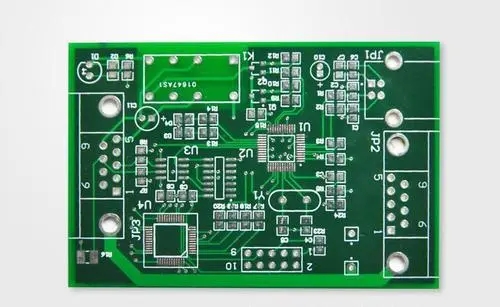We usually need to quickly estimate the resistance value of a trace or a plane on a printed circuit board instead of performing tedious calculations. Although there are now available printed circuit board layout and signal integrity calculation programs that can accurately calculate the resistance of the traces, in the design process, we sometimes still want to take a quick and rough estimate.

There is an easy way to accomplish this task, called "square statistics". Using this method, the resistance value of any geometric trace can be accurately estimated in a few seconds (with an accuracy of about 10%). Once this method is mastered, the area of the printed PCB board that needs to be estimated can be divided into several squares. After counting the number of all squares, the resistance value of the entire trace or plane can be estimated.
basic concept
The key concept of square statistics is that the resistance value of any square printed circuit board trace (with a certain thickness) is the same as that of other squares. The resistance value of a square depends only on the resistivity of the conductive material and its thickness.
This concept can be applied to any type of conductive material. Table 1 shows some common semiconductor materials and their bulk resistivity.
For printed circuit boards, the most important material is copper, which is the raw material for most circuit boards.
The length of the copper block is L, the width is L (because it is a square), the thickness is t, and the cross-sectional area of the copper foil area through which the current passes is A. The resistance of the copper block can be simply expressed as R=ρL/A, where ρ is the resistivity of copper (this is an inherent characteristic of the material, which is 0.67μΩ/in. at 25°C).
But note that the section A is the product of the length L and the thickness t (A=Lt). The L in the denominator and the L in the numerator cancel each other out, leaving only R=ρ/t. Therefore, the resistance of the copper block has nothing to do with the size of the block, it only depends on the resistivity and thickness of the material.
If we know the resistance value of any size copper square and can decompose the entire trace that needs to be estimated into multiple squares, we can add up (statistics) the number of squares to get the total resistance of the trace.
The above is an introduction to the method of estimating PCB wiring resistance. Ipcb is also provided to PCB manufacturers and PCB manufacturing technology.